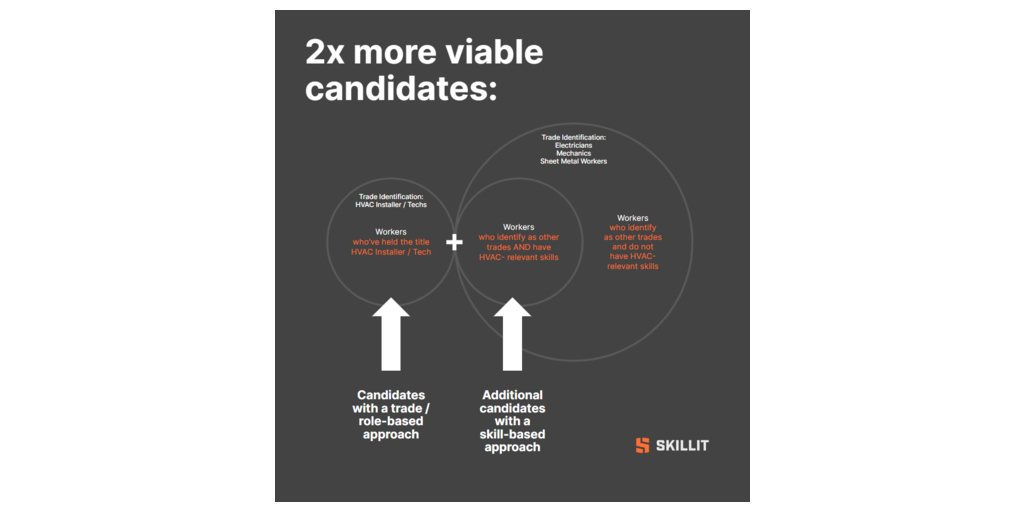Sign up for daily news updates from CleanTechnica on email. Or follow us on Google News!
After years of delay and obfuscation, the US offshore wind industry is finally having its “hold my beer” moment. Meanwhile, the massive Dogger Bank Wind Farm in Europe is on track for yet another growth spurt. With the climate crisis looming overhead, the news is a welcome reminder that decarbonization solutions are standing right in front of us.
More Gigawatts For The US Offshore Wind Industry
CleanTechnica has been following the ups and downs of the US wind industry almost since the beginning, starting with the massive but ill-fated Cape Wind project of the early 2000s and the small but successful Block Island wind farm in Rhode Island.
“Rhode Island’s First Woman Governor Breaks Ground On Nation’s First Offshore Wind Farm” headlined the Block Island story back in 2015. The news was noteworthy here in the US, even though the 5-turbine, 30-megawatt project paled in comparison to progress elsewhere around the world. Denmark, for example, already had 1,268 megawatts’ worth of commissioned offshore wind capacity in hand at the time.
Anti-wind rhetoric aside, the administration of former President Trump laid the groundwork for the accelerating pace of offshore wind development today. During his tenure, the US Department of the Interior formalized, standardized, and streamlined the process for obtaining an offshore lease area through its Bureau of Ocean Energy Management.
That brings us to the latest step in BOEM activity, which is making preparations to auction off three Central Atlantic offshore wind lease areas totaling up to 6.3 gigawatts of capacity off the coasts of Delaware, Maryland, and Virginia.
The League of Conservation Voters was among those applauding progress on leasing out the Central Atlantic wind areas. Don’t break out the bubbly just yet, though. BOEM notes that potential conflicts with US military operations and other stakeholders still need to be ironed out.
Huge Offshore Wind Comeback After Setbacks
A key sign of health for the US offshore wind industry is the number of participants vying for a share of the Central Atlantic areas. BOEM notes that 17 companies have been qualified to participate in the upcoming lease auction, which is scheduled for August 14.
That’s a sharp contrast to last year, when BOEM tried to auction off lease areas in the Gulf of Mexico, off the coasts of Texas and Louisiana. To be fair, wind speeds in the Gulf are less than optimal, and competition from the massive onshore wind industry in Texas might have been a factor. Still, exactly zero companies bid on the Texas area, and Louisiana just barely scraped by with two bidders.
What a difference a year makes. The list of bidders for the Central Atlantic areas includes a laundry list of offshore wind powerhouses, some well known here in the US and others not so well known: Atlantic Shores Offshore Wind, Avangrid Renewables, BP Central Atlantic Offshore Wind, Corio USA Projectco, energyRE Offshore Wind Holdings, Equinor Wind, Invenergy Central Atlantic Offshore, OW North America Ventures, Reventus Power Central Atlantic, RWE Offshore US CATL, Seaglass Offshore Wind II, Shell New Energies US TotalEnergies Renewables USA, US Mainstream Renewable Power, US Wind, Vineyard Central Atlantic, and Virginia Electric and Power Company.
So much for the disappointments of last year, when several Atlantic Coast projects stalled out due to supply chain issues and inflation. One developer also cited a gap in the availability of Service Operations Vessels, which are purpose-built to handle specific tasks in offshore wind farm construction.
Jones Act, Schmones Act
If you’re thinking Jones Act of 1920, that may have also factored into the SOV shortage. The Jones Act established the US Merchant Marine Corps. It is a national security law, similar to laws in other nations, that restricts foreign-flagged vessels from transporting goods between US ports. The idea is to ensure that a reliable roster of loyal US-flagged, owned, and crewed commercial vessels will serve US interests in case of war.
Of course, offshore wind developers can avail themselves of the offshore resources and engineering expertise of the oil and gas industry, including with their Jones-compliant ships. The Block Island wind farm, for example, was constructed with an assist from offshore oil and gas firms headquartered in Louisiana.
Another workaround is to load everything on a barge and have a Jones-compliant ship tug it out to sea. Still, a fleet of purpose-built, US-flagged workboats would speed up, and scale up, the domestic offshore wind industry.
Help is on the way. “On May 11, the leading offshore wind stakeholder Ørsted and the Louisiana shipbuilder Edison Chouest Offshore formally christened the new ECO Edison SOV, billed as the ‘first-ever American-built, owned, and crewed offshore wind service operations vessel,’” CleanTechnica reported earlier this year.
That’s just one example. Last September, the Congressional Research Service took note of news reports indicating that 25-30 new Jones-compliant SOVs are under construction in the US.
The Congressional Research Service also notes that Congress could consider modifying the Jones Act to accommodate the offshore wind industry, as it has done for fossil energy stakeholders. CSR cites two examples: Authorization from Congress for foreign vessels to install the anchors for floating offshore oil and gas platforms, and authorization for foreign vessels to fill a temporary spike in demand.
Meanwhile, The European Offshwore Wind Industry Keeps Growing
The US will have to work long, hard, and fast to catch up to Europe, one example being the cluster of Dogger Bank wind farms in the North Sea. Dogger Bank already consists of parts A, B, and C. Now here comes part D, under the wing of the firms SSE Renewables and Equinor.
The two co-developers, which are planning a capacity of up to 2 gigawatts for Dogger Bank D. That adds a nice new chunk of change to the existing Dogger Bank arrays.
As explained by SSE, development began in 2015 for a total of 3.6 gigawatts among parts A, B, and C. “Once complete, Dogger Bank Wind Farm will be the world’s biggest offshore wind farm in operation,” SSE said in a press statement on June 28.
Part D passed an important milestone in March when the project received permission to connect to the proposed 400-kilovolt Birkhill Wood substation in Yorkshire. That has probably disappointed fans of green hydrogen, who were counting on hooking up the new offshore wind turbines with offshore hydrogen production. The purpose of that would have been to use hydrogen as an energy carrier, to ship wind power to shore by boat or pipeline the absence of a grid connection. However, Birkhill Wood has provided an opening.
The next step is an Environmental Impact Assessment, which involves SSE and Equinor receiving an outline of the topics to be studied, so stay tuned for more on that.
Follow me @tinamcasey on Bluesky, Threads, Instagram, and LinkedIn.
Photo (cropped): More offshore wind turbines are on tap for the US and Europe (courtesy of SSE Renewables).
Have a tip for CleanTechnica? Want to advertise? Want to suggest a guest for our CleanTech Talk podcast? Contact us here.
Latest CleanTechnica.TV Videos
CleanTechnica uses affiliate links. See our policy here.





